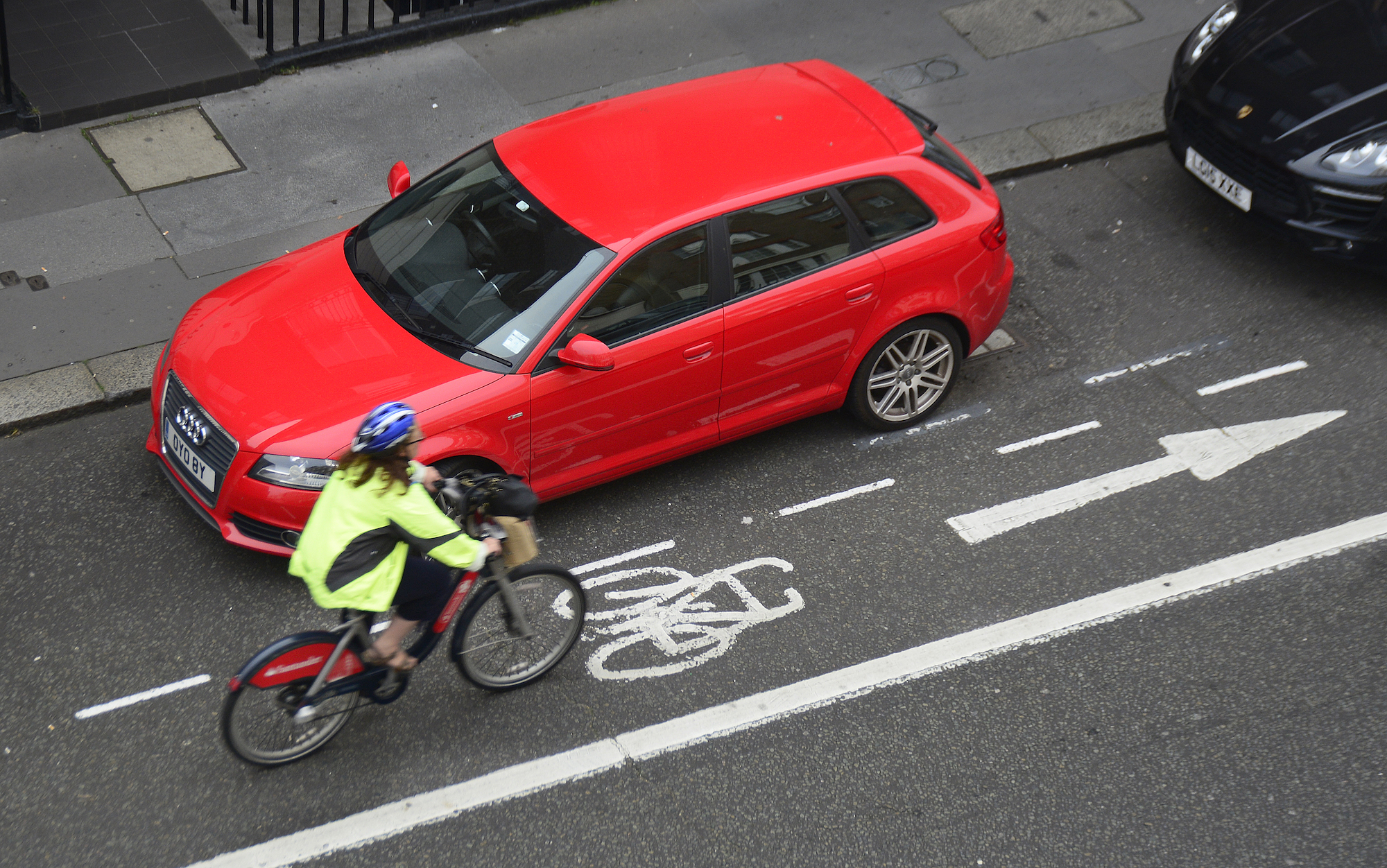Two thirds of people still see cycling as too dangerous despite government ambitions
Government plans include an increase in cycling and walking - but people are still too scared to take to two wheels


Two thirds of the public regard cycling as dangerous, despite government ambitions to increase the number of people replacing short journeys with bike rides.
The 2019 National Travel Attitudes Study (NTAS) shows that 61 per cent of people surveyed see cycling as being 'too dangerous'.
Exactly the same number of people agreed with the statement 'cycling is too dangerous' in 2011.
The number of people who disagree with the statement, believing that cycling is not an overly risky method of transport, has fallen from 23 per cent to 19 per cent.
The government's walking and cycling strategy states that it wants these currently underused modes of transport to be the 'natural choice' for shorter journeys by 2040, but progress is currently going in the wrong direction.
The percentage of people who say they'd swap the car for a bike when completing a journey less than two miles has fallen: from 44 per cent in 2006 to 36 per cent in 2019.
Multiple surveys have shown that close passes are one of the biggest deterrents from cycling, alongside sharing the road with lorries and poor road surface.
The latest race content, interviews, features, reviews and expert buying guides, direct to your inbox!
A recent British Cycling survey of its members showed that a similar number - 66 per cent - felt concerned for their safety whilst cycling on the road, and 79 per cent regarded close passes as one of the major hazards.
Despite this, the NTAS - which was based on 1,384 respondents - showed that 95 per cent of people questioned believe that drivers should give space for cyclists, with just two per cent disagreeing.
In June last year, the government unveiled plans to spend £50,000 training driving instructors to incorporate cycling safety into their lessons for learners.
It also said it was providing resources to police forces, to help support them in ensuring drivers understand the correct passing distance and obey it.
Another factor reportedly making cyclists feel unsafe is poor road surface - with 68 per cent of British Cycling's surveyed members citing it as an issue.
Yet last year, Cycling UK highlighted that government spend on minor roads, commonly used by cyclists, had fallen by 40 per cent.
Potholes on minor roads, it said, cost the economy £2 billion a year - with the average cyclists claim costing £11,000 - as opposed to £841 for motorists.
Michelle Arthurs-Brennan the Editor of Cycling Weekly website. An NCTJ qualified traditional journalist by trade, Michelle began her career working for local newspapers. She's worked within the cycling industry since 2012, and joined the Cycling Weekly team in 2017, having previously been Editor at Total Women's Cycling. Prior to welcoming her first daughter in 2022, Michelle raced on the road, track, and in time trials, and still rides as much as she can - albeit a fair proportion indoors, for now.
Michelle is on maternity leave from April 2025 until spring 2026.
